I’ve been out and about and went to a couple of arts events. One in my home town of Gravesend and the other in London – ‘Accidently Wes Anderson’ in South Kensington
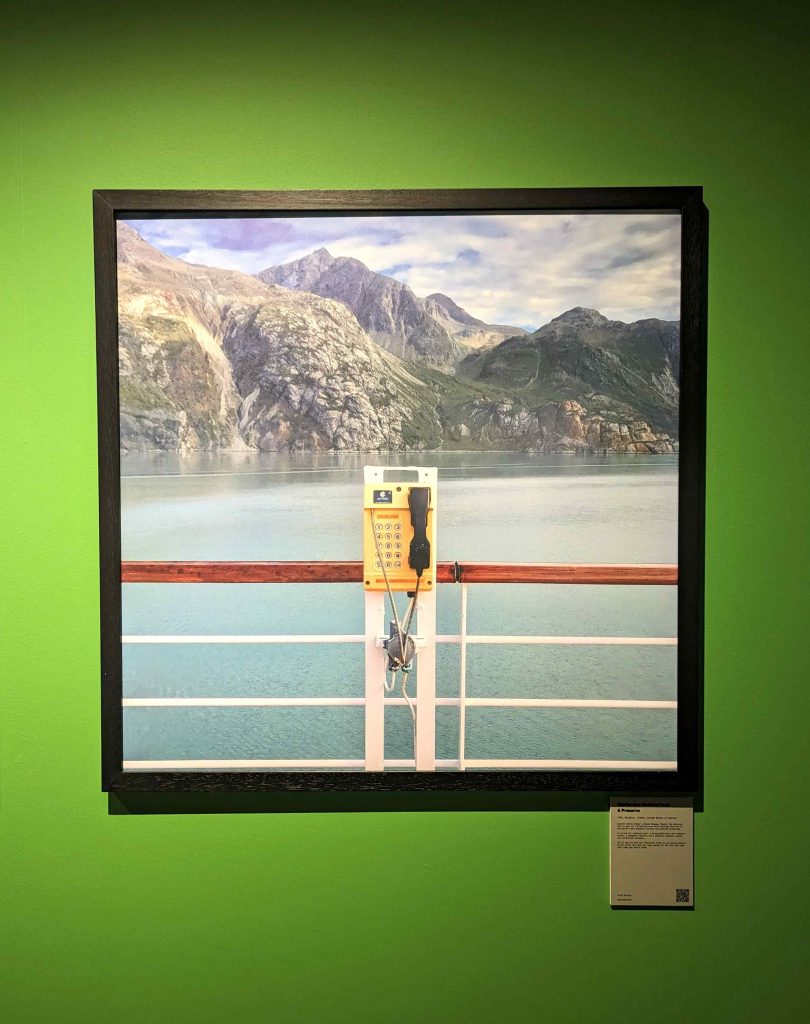
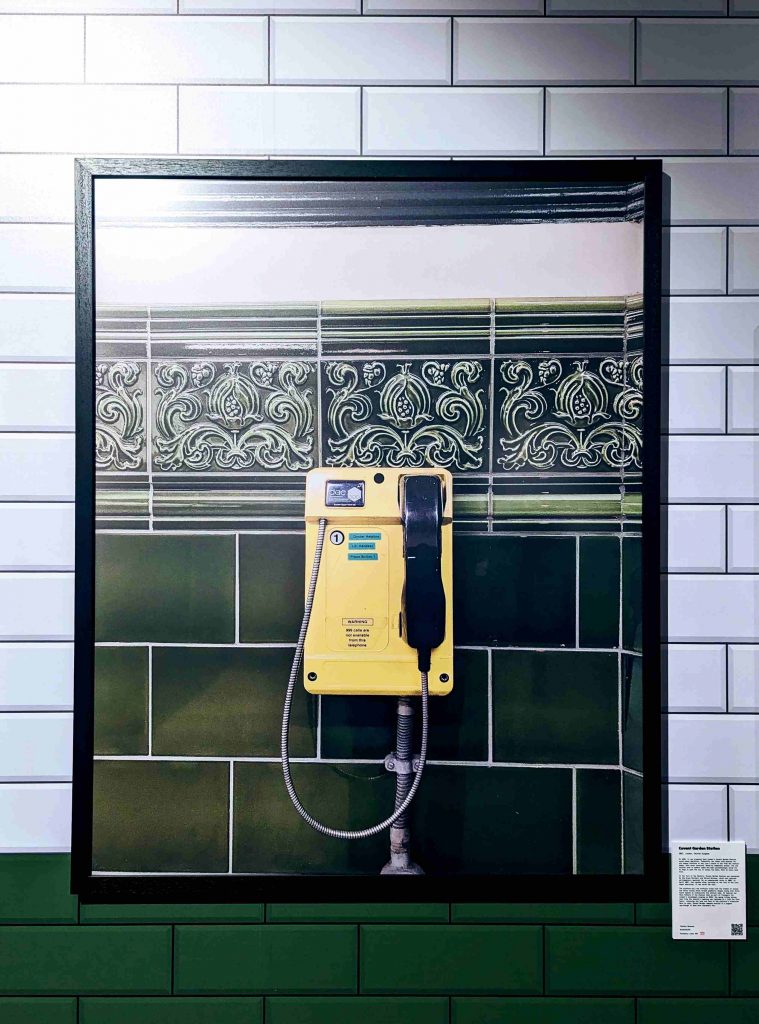
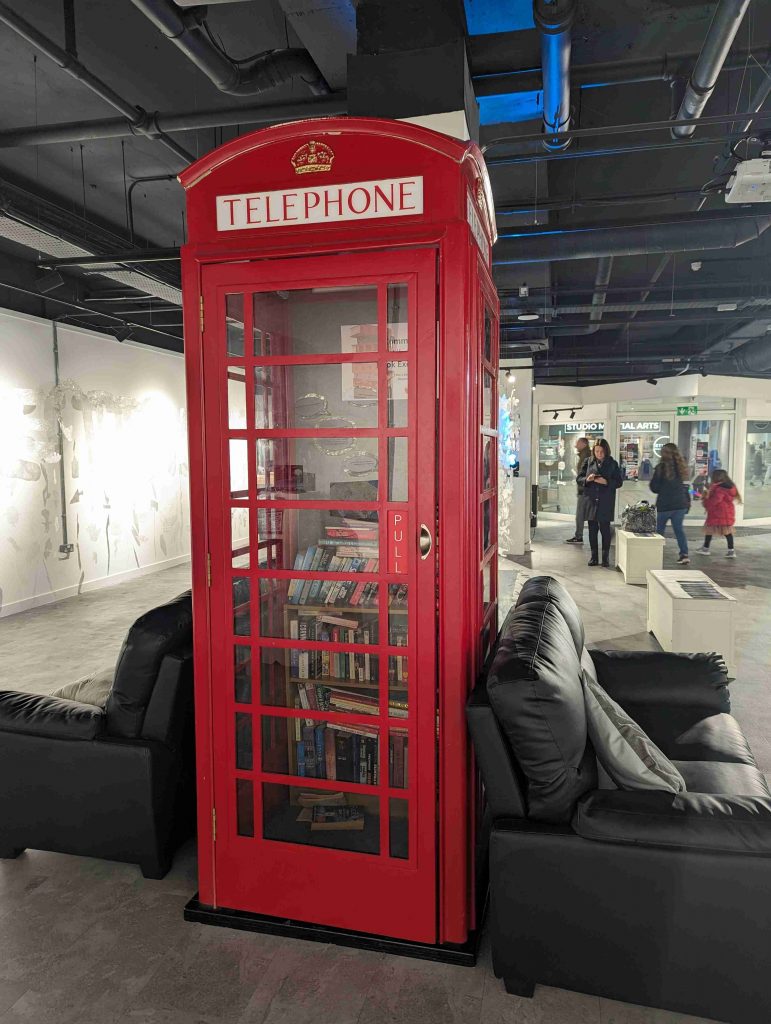
Not sure how we missed this Christmas episode…
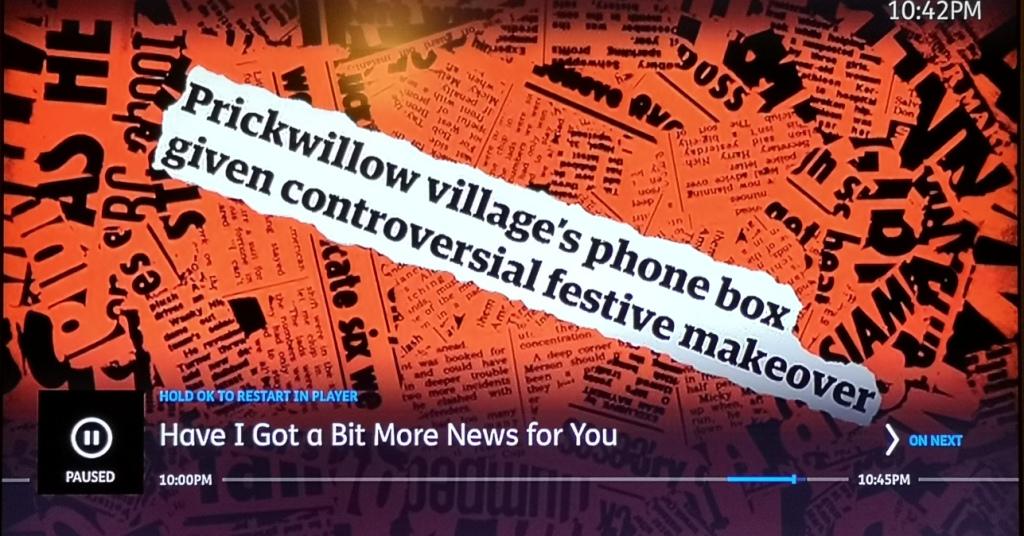
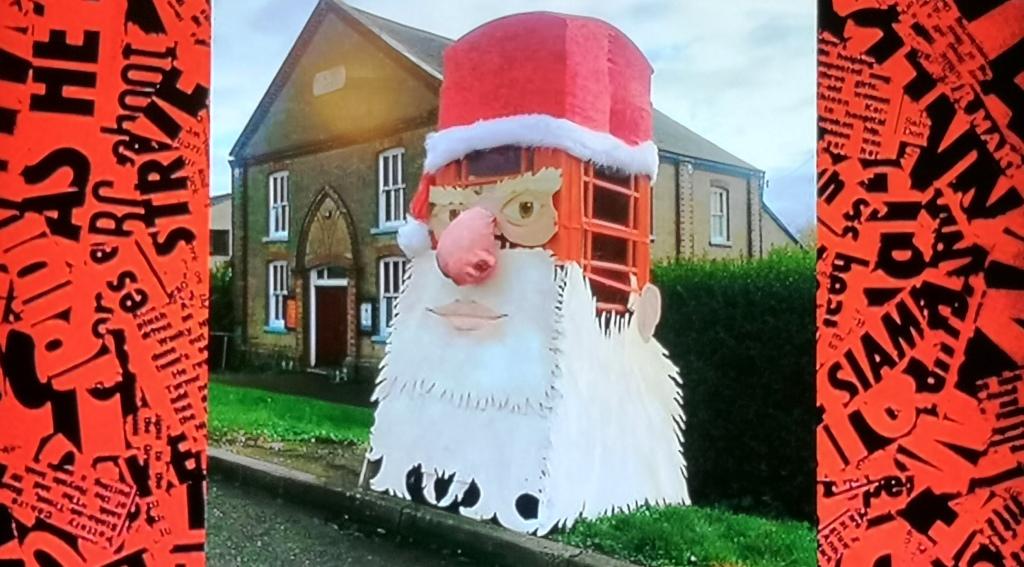
Not a new idea but nice to hear about how communities are keeping an icon relevant…
BT is putting 4,000 phone boxes up for adoption. Many have already been turned into libraries, defibrillator stations, even tiny art galleries.
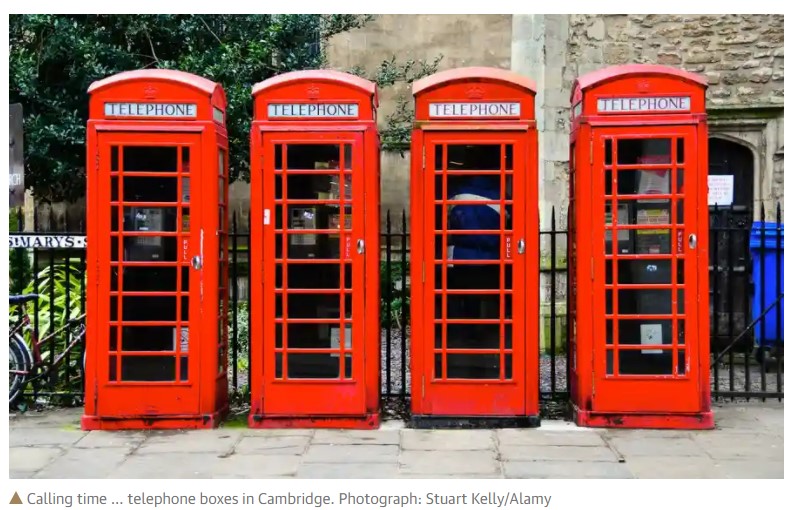
Name: Red telephone boxes.
Age: Sir Giles Gilbert Scott’s original K2 design dates from 1924, but his smaller K6, from 1936, is the the more widespread.
Appearance: Iconic.
Purpose: Depends.
You mean it depends on the nature of the telephone call you wish to place? Of course not – nobody uses phone boxes to make calls any more.
Why not? Because everybody has a mobile now. Only about 7,000 traditional red phone boxes across the UK even work, but more than half lose money and calls continue to decline by 20% a year.
What other purpose can an obsolete phone box serve? A lot of them get turned into libraries.
Aren’t they a bit small for that? They’re very small libraries – basically community hubs where books can be donated and exchanged.
I suppose it’s better than no library at all. Precisely. When mobile library funding was cut for Westbury-sub-Mendip, Somerset, the parish council bought the local phone box and slung up some shelves.
Bought it from where? From BT. Since 2008, its Adopt a Kiosk scheme has allowed communities to purchase its redundant phone boxes for £1.
Is the scheme popular? Yes. So far 6,600 phone boxes have been adopted, and BT just announced another 4,000 are to be made available.
That’s a lot of tiny libraries. They’re not all full of books. Some of the kiosks were turned into information centres or mini-museums. In Cheltenham, nine disused boxes have been transformed into single-occupancy art galleries.
What a lovely idea. If there’s a downside to cutting vital community services to the point where they can fit inside phone boxes, I can’t see it. Well, some of the library boxes have had to be temporarily shut because of Covid.
I suppose there may be a risk there. And someone has been leaving erotic fiction in the phone box in Hurstbourne Tarrant, Hampshire.
In 2019 I posted a story about the Japanese wind phone – you know I love to bring to this blog, the weird and wonderful ways that phone boxes exist in our world. This beautiful idea appears to be catching on . Here is a story from the USA. (I would love to set this off where I live but I’m afraid the booth would just be vandalised.)
Marshall phone carves out space for spirituality and grief
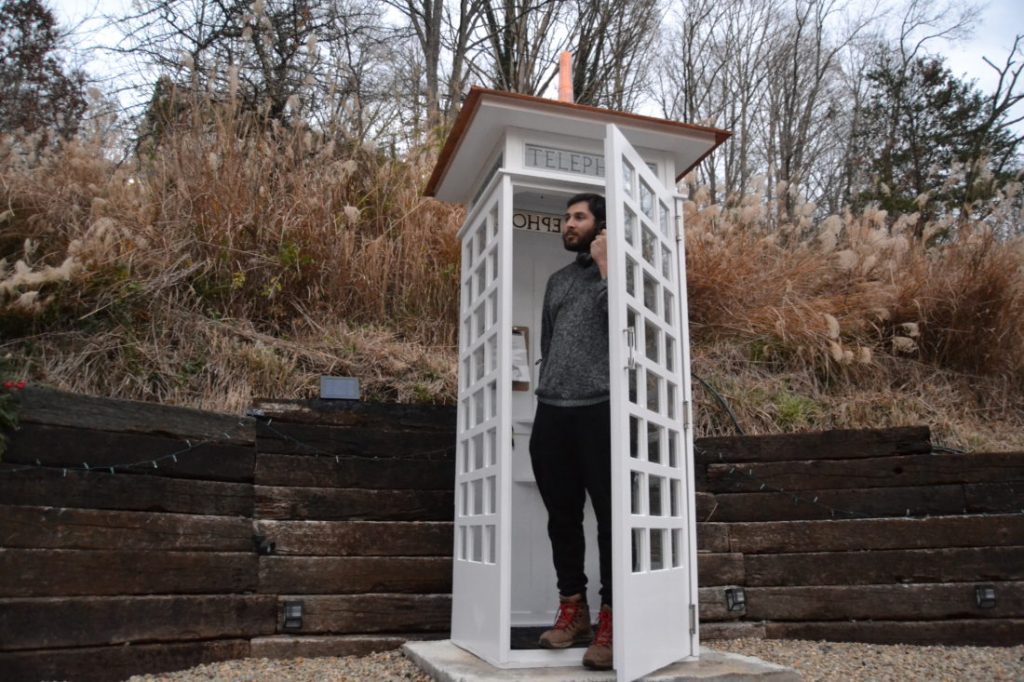
Just off state Highway 213 in Marshall, a 1940s rotary phone sits inside a white, glass-paned phone booth, overlooking a garden and, in the distance, a ridgeline. While not physically connected to any network, the phone facilitates spiritual connections. Here, visitors can pick up the handset, “call” their lost loved ones and release whatever words they wish to communicate into the wind.
As Western North Carolina continues to grapple with the coronavirus pandemic, the wind phone’s creator, Susan Vetrone, hopes the space will offer respite and a glimmer of hope to anyone struggling with the complex emotions that accompany loss.
“People are carrying around a lot of grief,” explains Vetrone, a Marshall resident who conceptualized the project this June and oversaw the booth’s installation in October. “It’s hard to lose people you love. … I hope this helps to relieve some of that angst.”
The concept for the Marshall wind phone, says Vetrone, is based on the original “phone of the wind” in Otsuchi, Japan, created by garden designer Itaru Sasaki in 2010. Sasaki initially built the phone to cope with his grief over his dead cousin. But after a tsunami and its aftermath killed 20,000 members of his community the following year, Sasaki opened the site to the public. In the subsequent three years, the booth became a community cornerstone, receiving over 10,000 visitors.
Vetrone first heard the story of the wind phone as she was mourning her mother’s battle (and eventual passing) with Parkinson’s and dementia. “It really moved me,” she recalls. “I immediately started seeking out a way to make it happen here. I wanted it to mirror — almost exactly if it could — the Japanese phone booth that brought so many people comfort.”
Replicating the style of the original wind phone wasn’t easy. Vetrone had to sift through many red, shiny “UK- style” booths before eventually tracking down a plain wooden one, which she then painted white. “We wanted the feeling of lightness and spirituality,” she explains.
And to evoke traditional Japanese architecture, Vetrone commissioned local sculptor Steve Reed to create the booth’s ornate copper roof. She also weatherized the structure and installed solar lights inside the booth so visitors could make calls after dark.
Neighbor Sherrye Perry, who has lost both of her parents and visits the wind phone often, appreciates that it gives her the space to “say what you need to say.”
“It reminds me that there are all different ways and resources and paths to communicate with — at least in my mind — my creator and my ancestors,” Perry adds. “That we are surrounded by a great cloud of witnesses. I can’t see them, but you can feel them. And they see me, and I feel uplifted by knowing that.”
The wind phone is open to the public at 386 Madison Heights in Marshall, about a 25-minute drive from downtown Asheville.
From Asheville, take Interstate 240 to Interstate 26 west. At Exit 19A, take U.S. Highway 25/70 north toward Marshall. Turn right on State Road 213. After 2 miles, turn left on Madison Heights Drive. The parking lot is on the right.
Source: https://mountainx.com/living/marshall-phone-carves-out-space-for-spirituality-and-grief/
A Welsh village is trying to save its beloved red telephone box from being scrapped because it helped protect them during World War II.
The phone box in the quiet village of Bryn-y-Gwenin, near Abergavenny, South Wales,, was used to warn of air raids.
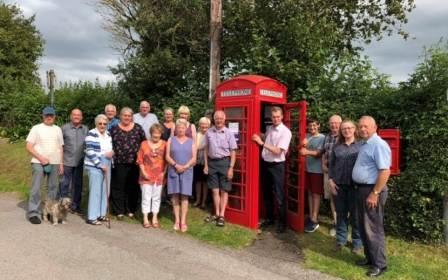
Now the villagers want BT to save the box because of its wartime role when it was “the main point of contact” for warnings of Nazi bombing raids.
The villagers have enlisted the help of Conservative MP David Davies in their campaign to save the phone box.
Mr Davies said keeping the phone box would preserve the village’s history as well as serving a practical purpose. He said: “Mobile signal in this part of rural Monmouthshire is intermittent and very poor at best, so the public telephone box is an essential village amenity for Bryn-y-Gwenin.
“It also serves Llanddewi Skirrid and the surrounding area. With the Skirrid mountain a popular spot for walkers and cyclists, the significance of the box is paramount in an emergency.
“BT claims the phone box has had very little use over a significant period of time. Calls may well be small in number but one day that call could be very important and potentially life-saving.”
Previous plans to decommission the box were successfully overturned in 2016 following a similar local campaign.
Resident Paul Webb said villagers “cherished” the box, which bears the Tudor Crown of King George VI.
“One of our villagers, Richard Cox, cleans it on a weekly basis and repaints it when necessary.” he said.
“The box has always been a proud landmark at the entrance to our village. It is an iconic part of British heritage yet sadly, these red telephone boxes are getting more and more scare in the countryside.
“It has been stated in the past that if the phone itself was removed but the box remained then the villagers would be prepared to have a defibrillator installed as it would be a very strategic place for one to be available.”
The phone box is a K6 model, designed to commemorate the silver jubilee of King George V, and entering production in 1936.
It was originally connected to the village post office via a party line.
On Twitter, Mr Davies posted a video of himself at the phone box and surrounded by residents. He said: “This phone box played a small role in defending Britain during WW2. It is being lovingly cleaned & maintained by a local resident. After decades of loyal@service @bt_uk want to scrap it.”
BT has launched a consultation period to determine the phone box’s future.
A spokesman for BT said: “Most people now have a mobile phone and calls made from our public telephones have fallen by around 90 per cent in the past decade.
“We consider a number of factors before consulting on the removal of payphones.”
Cross-post from The Telegraph
They may be disappearing across the country but residents in Kent have come up with unique ways to save our iconic red phone boxes. At one point there were at least 400, but thanks to the introduction of mobile phones only around 25 remain and there have been determined efforts to ensure no more are culled.
Several have been turned into life-saving defibrillator stations as local groups seek to put them to good use. Now with plans emerging to turn one in Bearsted into a book swap shop, we take a look at some of the county’s more unusual phone boxes.
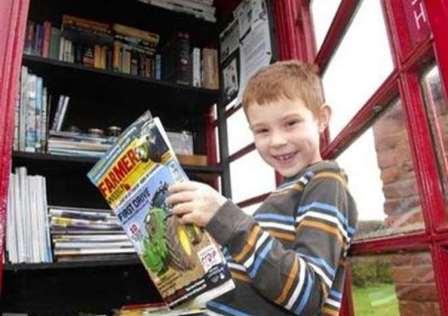
Villagers in Bodsham may lay claim to having started the county’s trend for converting red phone boxes when they turned theirs into a mini library in 2012. It was saved after being among 400 culled by BT in 2008. Residents quickly embraced the idea and handed over books and magazines they no longer had a use for, while others sold plants and jars of green tomato and apple chutney. Nutty Thrupp used the proceeds to raise money for the Vanessa Grant Trust, which helps support handicapped children in Kenya.
Plans are currently underway to save a red telephone box in Deal at risk of being decommissioned by British Telecom. Beverley-Jayne Last, Kerry Banks, and Chrissi Dunn, were inspired to set up a fundraising campaign after around 400 residents suggested it be turned into a combined Public Access Defibrillator site (PAD) and community library. They have written to Deal Town Council asking them to consider being the official ‘adoptees’ of the box, in Alfred Square, at a cost of £1.
MP Charlie Elphicke pledged to help with the negotiations with BT and £150 has already been raised. Book lover Abegael Tomlin has been working with Chartham parish council to turn the village green’s run-down phone box into a miniature library. The 22-year-old, who works as a veterinary assistant, was searching for a spot to set up a community book swap after spotting one in Chestfield.
She earlier told KentOnline: “I knew we had a phone box on the green that doesn’t get used very much, and I thought that’s a nice place for it.”
The parish council needs permission from BT to adopt the booth, and the plan is to fill it with books the community can then borrow.
Resident Sally Devere raised £1,750 to set up a life-saving defibrillator in a converted red phone box in Herne Bay High Street. It is still going strong despite being vandalised twice in the space of three months. A vandal urinated inside the phone box and ripped its hi-vis jacket to shreds in February before thieves attempted to steal the lifesaving equipment in May. Ms Devere has been lobbying the council to install a CCTV camera close to the converted phone box to try and prevent future attacks.
Life-saving devices have also been set up in converted red phone boxes in West Malling, Aylesford, Broadstairs, Lydd and New Romney – although the latter were also targeted by thieves.
Meanwhile, who could forget artist Joe Sweeney set up Brexit phone booth in Romney Marsh as part of interactive digital art project. It gave Brexiteers and remainers an opportunity to say goodbye to the EU in the run up to the original UK leaving date in March. Hundreds took the opportunity to do just that, including famous faces such as fashion designer Vivienne Westwood, former Green Party leader MP Caroline Lucas, and London Mayor Sadiq Khan.
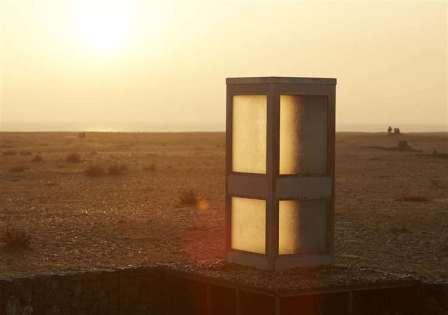
The ‘+44 Leave a message for Europe’ project was inspired by a 1990s phone box, and its location in Dungeness – the UK’s most south-easterly point and Britain’s only desert – was deliberately chosen by Mr Sweeney to create a physical and poetic metaphor for the current, confused and uncertain, climate.
Fancy having your own phone box? Well, you can get your hands on one for just a £1.
BT has been offering residents in the south east the opportunity via its Adopt a Kiosk scheme.
At least 3,000 have already been adopted and turned into mini-libraries, miniature art museums, cake shops, information centres, and one in Devon was transformed into the “world’s smallest nightclub”.
For details on how to apply to click here
When an earthquake and tsunami struck Japan in 2011, 30ft (9.14m) waves obliterated coastal communities. The small town of Otsuchi lost everything including 2000 residents. One resident, Itaru Sasaki, was already grieving his cousin before the tsunami hit. He had the idea of nestling an old phone booth on the windy hill at the bottom of his garden which overlooked the Pacific Ocean. This would be a place he could go to speak to his cousin – a place where his words could ‘be carried on the wind.’ The white, glass-paned booth holds an old disconnected rotary phone. He called it his Wind Phone.
In the aftermath of the terrible tsunami, as word of the phone spread, it became a pilgrimage site for those who had lost loved ones. In the sanctuary of the booth they would dial old phone numbers and talk to their loved ones. Interpreter and journalist Miwako Ozawa visited Otsuchi in the weeks after the tsunami. In this programme she returns for the first time since 2011 to visit the phone and find out how it has helped people to cope with their grief.
We meet some of those who regularly visit the phone and we hear their stories and listen in to their phone calls. In many ways the wind phone typifies a very Japanese relationship with nature and death and with the invisible forces that connect us all. As the residents of Otsuchi face the slow progress of rebuilding their town and the frightening reality of future extreme weather, the wind phone is a reminder of those losses that won’t be forgotten.
Presenter: Miwako Ozawa
Producer: Sarah Cuddon
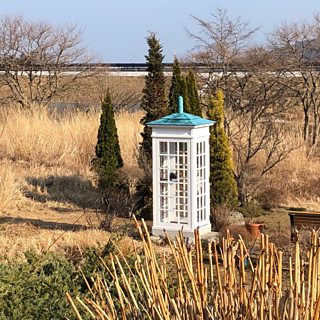
This wonderful story comes from the BBC World Service, for more click here or here .
An update on a previous story…
A man who has been living in a telephone box in Station Road, Greenhithe, is “receiving the help he needs”. The update, from Kent County Cllr Peter Harman, follows concern for the rough sleeper, thought to be in his early 20s. He has been working to support the man alongside the Revs Carol and Andrew Avery, of St Mary, Greenhithe and St Mary, Stone.
From: Kent Online 11/4/2019
Community members are trying to support a homeless man who has been living in a phone box. The rough sleeper, thought to be in his early 20s, has been staying in the makeshift shelter in Greenhithe after being homeless for about a month. His whereabouts, which were first revealed on a community Facebook page, prompted comments from concerned residents.
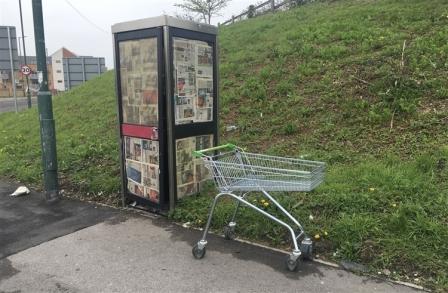
Kent County Councillor Peter Harman has been working to resolve the situation, alongside the Revs Carol and Andrew Avery, who run the Mary’s Child project. Cllr Harman, who represents Swanscombe and Greenhithe, has described him as a “very polite young man”, who is not believed to be a risk to residents. He has visited the man three times, in the hope of getting him “back on track”, while allowing the phone box to be used once again.
For the full article go to Kent Online
Responses
Responses to the article from the Guardian are reposted below – https://www.theguardian.com/culture/2022/may/01/the-uks-dwindling-red-phone-boxes-call-up-some-wonderful-memories
In response to Sophie Elmhirst’s long read, Steve Townsley and Mike Abbott recall their days with BT, and Tony Vinicombe, Mark Newbury and Peter Avery extol the virtues of Giles Gilbert Scott’s kiosks:
I greatly enjoyed Sophie Elmhirst’s article on the last of the UK’s phone boxes (The long read, 28 April). In the late 1980s, I worked for British Telecom in east London and when a new boss of “public call offices” (as phone boxes were officially called) was appointed, I was asked to take him on a tour of some of his new property. I took him to the site of one that I knew was frequently vandalised. All that remained were a few metal stubs poking out of the ground. It at least gave the new guy a feel for the scale of his job. From what I remember, he didn’t last long.
Steve Townsley
Bridgend
Your article was a joyous trip down memory lane. In the mid-1980s, I was the press officer for the international division of British Telecom. Due to a lack of interest from the corporate centre, I found myself managing the 30 or so BT district press officers dotted around the UK on matters of red phone boxes. As part of that, in tandem with my BT colleague Dave Wenlock, I toured schools, Dave suitably dressed in his “Mr Payphone” costume, imparting to young children the importance to the community of a working, reliable payphone network, key in those pre-mobile phone days. Wonderful memories.
Mike Abbott
Chiswick, London
Towns that still possess a telephone kiosk designed by Giles Gilbert Scott might like to recognise its value by making it a listed building. Here in Shoreham-by-Sea, we have one that’s Grade II-listed. The 1920s Homes for Heroes Sea Mills estate in Bristol has one that contains its museum. These very British structures need to be retained, if only for their visual importance.
Tony Vinicombe
Shoreham, West Sussex
We still have a (working) red telephone box in Low Mill, Farndale. Given that you cannot get a mobile phone signal here, one of these days it will come in useful. In the meantime, its main role will remain acting as a focal point for every photographer passing through (red phone box, 19th-century stone bridge and a chapel – the epitome of the North York Moors).
Mark Newbury
Farndale, North Yorkshire
Save the Gilbert Scott cubicles, but remove all the disgusting 1990s BT boxes from our pavements: every time one is removed, a tree is planted in that hole. Simple.
Peter Avery
London
Comments Off on Responses
Posted in Comment, Geography
Tagged community, UK